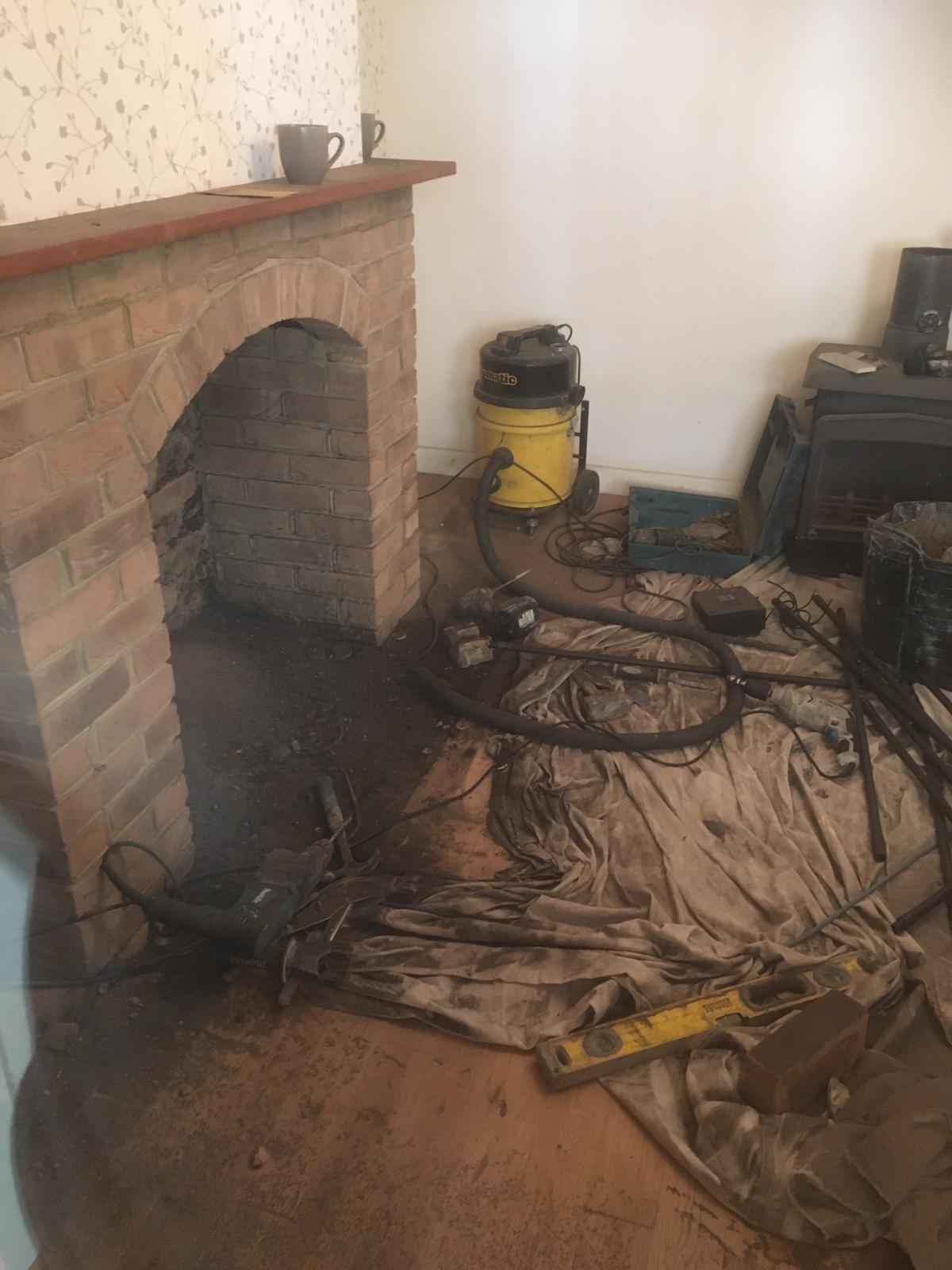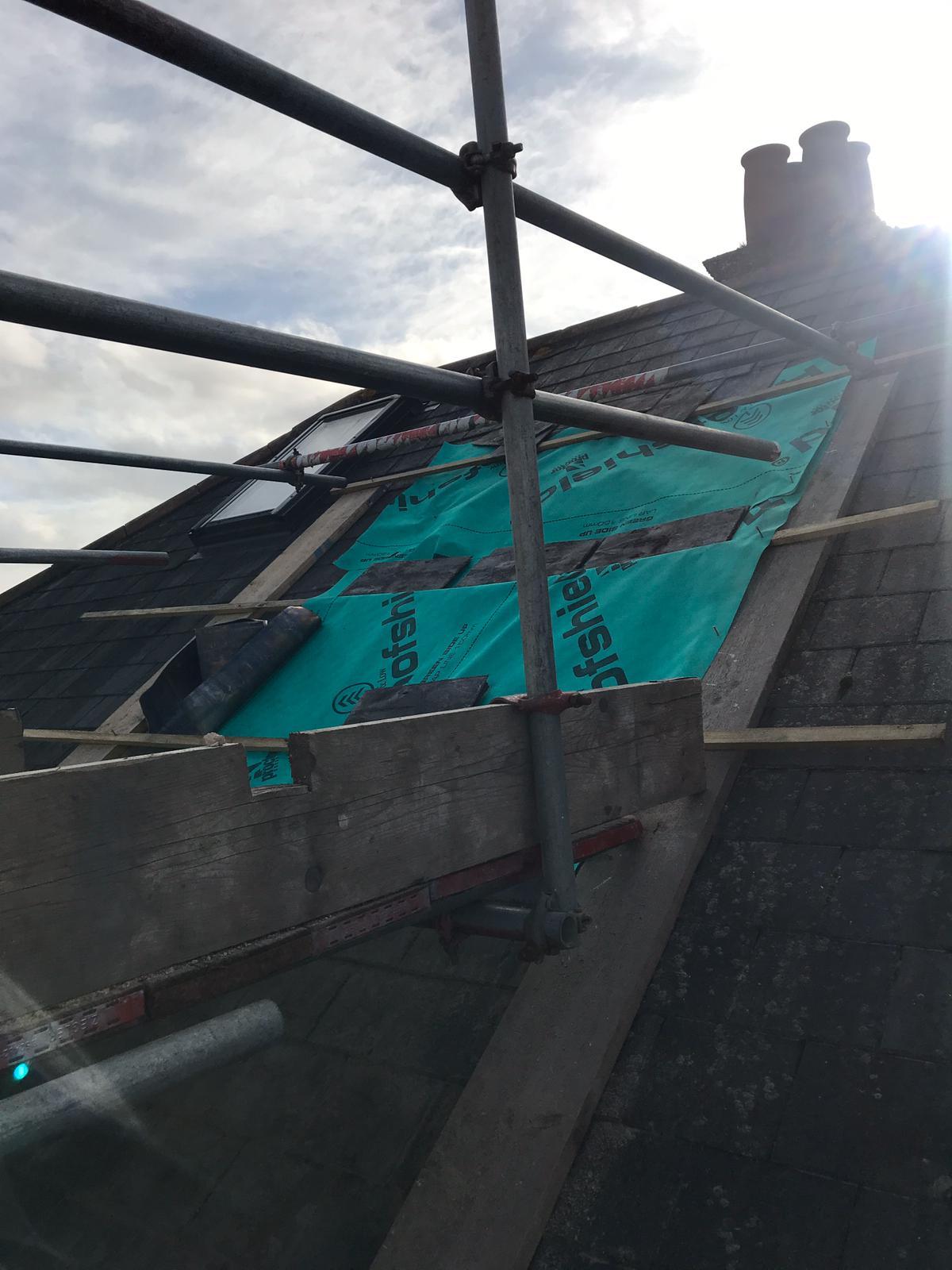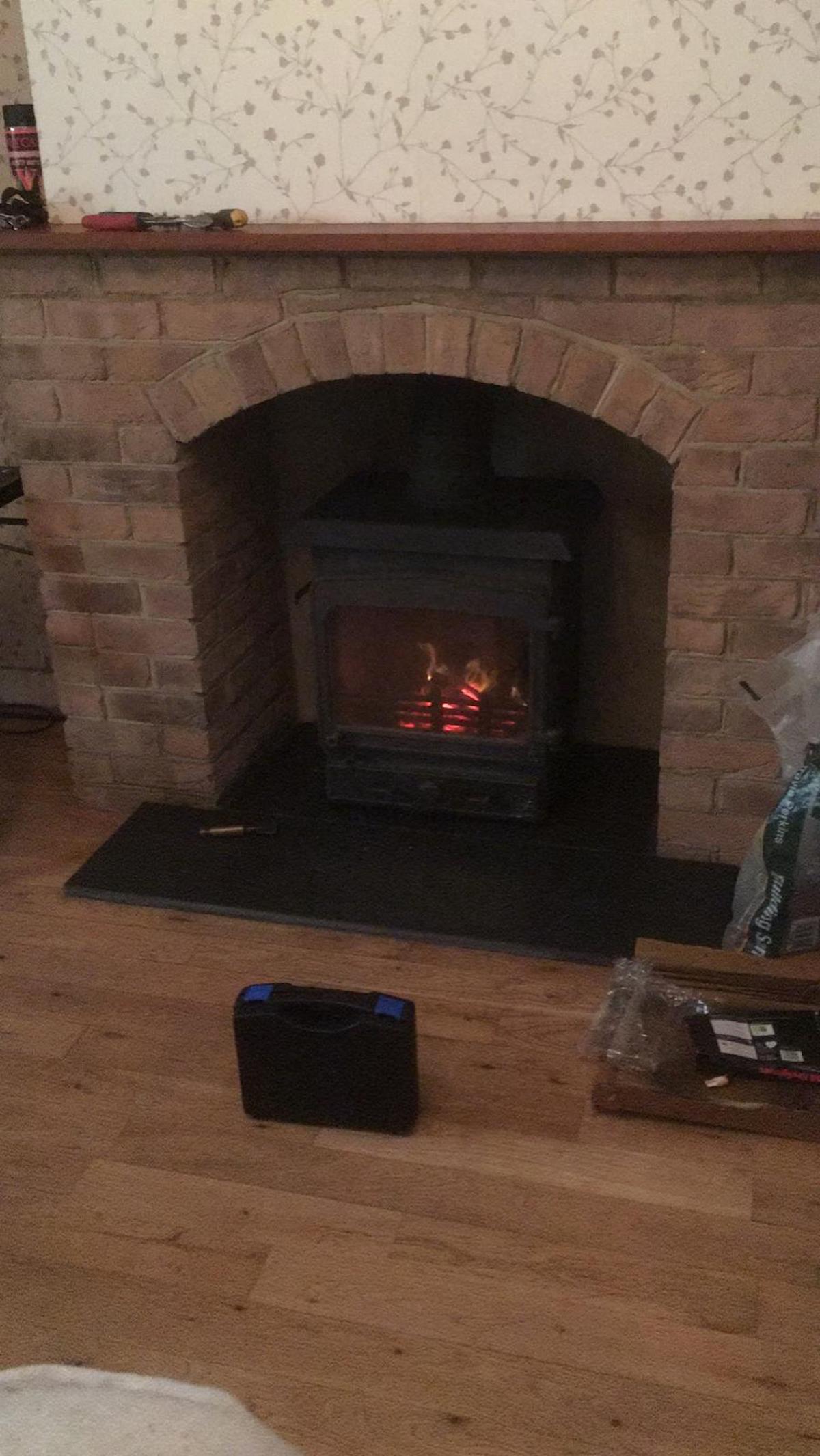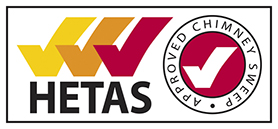Purchasing a house with a woodburner or open fire?
This post is so well overdue. I’m glad I’ve finally found the time to put something out there for anyone who may be considering or is in the process of conveyancing linked to the purchase of a property that has a solid fuel appliance (open fire or woodburner) “lurking” somewhere in the house.
As a Chimney Sweep I am frequently contacted and asked if I can go and inspect/sweep an appliance , be it an open fire or stove of some description, following the recent purchase of a property. Whilst I am only too glad to assist and do obviously help I have to hold back my frustration on occasion of asking why a flue professional wasn’t involved earlier during the involvement of solicitors or whether any key questions were asked about documentation linked to said appliance.
In the same way as Conveyancers always ask about boiler service documentation, electrical certification etc, they should, in my opinion, be picking up on the fact that an open fire or woodburner is located at a property. These are potentially incredibly expensive hidden cost problems and home safety issues just waiting to unfold once you’ve signed on the dotted line, completed on the sale and moved in (usually with a hefty hole in the bank account).
Here I shall summarise a case study involving a new occupier to a semi-detached house in Poole. He said he had just moved in and wanted his open fire and woodburner inspected and swept. On arrival there was a lovely substantial woodburner in his dining room. No documentation from the purchase was available for either appliance. The open fire was dealt with, swept and there were no issues. However, the woodburner appeared to be a “home-install” by a previous occupier. Therefore not professionally installed by a qualified professional HETAS engineer. There was no flexible stainless steel liner attached to the stove pipe above the register plate and crucially no sweeping hatches cut into the register plate to allow a chimney sweep to access the surface area of the register plate to vacuum off soot/debris after he/she had swept the brick chimney flue. This debris if left uncleared sweep after sweep then builds up and forms a combustible layer just waiting for a flame or spark or simply intense heat to ignite it and hey presto a chimney fire and the Fire Brigade visit with their water! I have heard a rumour that I’ve yet to substantiate that if you are unable to show a sweeping certificate from the last 12 months then the Fire Brigade invoice you for their attendance. Seems to make sense!
So, being a diligent chimney sweep and in line with my training I issued a Warning Notice and condemned the appliance pending remedial works which in this case as a minimum would have required the cutting in of sweep hatches into the register, but ideally a Flexi liner inserted into the flue all the way to the chimney pot.
The new occupier then appointed a qualified HETAS engineer to investigate. I kept in touch…… Some little while later I received a message,
“Nightmare scenario here. Scaffolding gone up to do the chimney liner and they’ve discovered a massive crack running the length of the stack! The main worker could fit his punting trowel all the way in and there are significant bits on the verge of falling off. The builder who owned it before our sellers must have been a right cowboy as he fitted bricks inside the chimney using expanding foam! Here is a pic after they swept … major soot cloud.”

Because the next door shared the chimney stack with my clients they too had the disruption if having their chimney stack taken down as it had been leaking into their house for years evidently.

When I asked more about any investigations and surveys as part of the purchase the owner stated that they were aware of the chimney crack from the survey, but in hindsight wished they had got someone to check it out and then be in a position to go back to the seller as this little job cost just shy of £3900! Have some of that just after moving in! At the end of the day though they have a lovely functioning woodburner now for Christmas that will be safe and easy to sweep for years ahead.

So, what is the point of this post. Well, I am keen to provide a quick and hopefully easy to follow basic checklist for anyone in the process of or about to buy a property with a solid fuel appliance.
- TELL YOUR CONVEYANCING SOLICITOR – that there are fires or woodburner/s on the premises.
- If they don’t act on that then ask them to ask questions of the sellers about these appliances. Because it could COST you in the long run..
- For an open fire ask for at least the last year’s or just the last sweeping certificate as a minimum. This will demonstrate the sellers diligence around the appliance and provide some key details about the flue potentially. You could even contact the sweep and ask them about it. It’s never happened to me yet but I can’t see why it shouldn’t. If there is no evidence of sweeping I would recommend that it’s requested of the seller to appoint a sweep and obtain a certificate otherwise you could be moving into a chimney fire risk on day one.
- For a woodburner or multi fuel stove. These burn at incredibly high temperatures. Their installation is heavily governed by Approved Document J Building regulations. Qualified HETAS engineers/installers know these regulations like the back of their hand and the installation of them is all about safety. So, an installation should ideally have been by a HETAS professional. Ask for the installation documentation. Also, ask for a latest sweeping certificate as these need just as much maintenance if not more than an open fire. If there isn’t one then ask your solicitor to ask the seller to have it professionally swept with a certificate of sweeping issued. Again, if no HETAS installation certification is available assume that it is NOT professionally installed and ask for a HETAS Approved Chimney Sweep such as myself to inspect it, or an installer.
- Consider a CCTV camera survey of the flue be it open fire or stove. Whatever a Chimney Sweep is able to do from kneeling in front of the appliance does not give a cast iron guarantee of the integrity of the chimney flue (Flexi-liner or brick). Flexi liners do perish eventually and can be costly to replace, connections can detach and birds may have made a new home during the nesting season in the flue. Burning efficiently and cleanly will prolong the flue condition but there is no certainty that has been occurring when buying a property. The same applies to an open fire brick flue where tar and creosote deposit layering throughout the flue can be another and primary source of a chimney fire. So a survey can be a really useful consideration and many Chimney Sweeps, such as myself, have that specialist equipment.
I hope this has been a useful post for anyone soon to inherit a solid fuel appliance that they have no history about. Nobody wants an unnecessary expense mounting to thousands of pounds potentially which could possibly be avoided with a few more probing questions and legitimate investigation. Please feel free to contact me if you have any further queries or would like me to assist with any Chimney Sweeping needs whether you are in the midst of a purchase or have completed and want that assurance that all is safe and well with your new heating source.
Steve.




